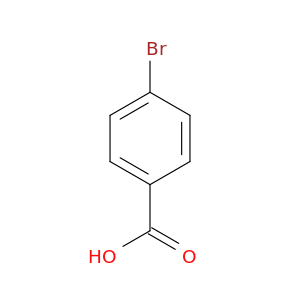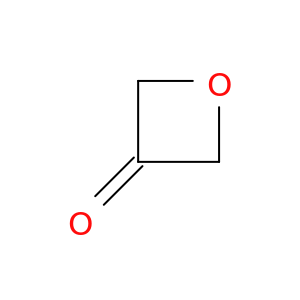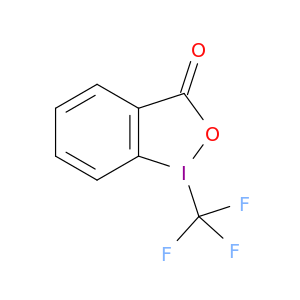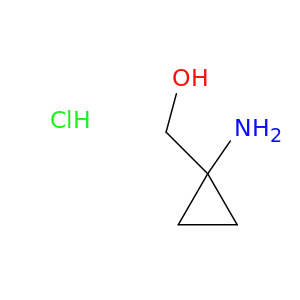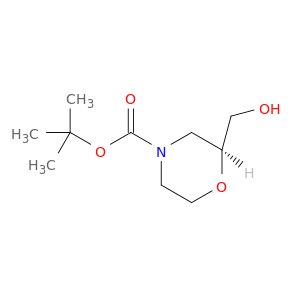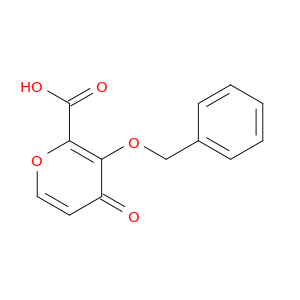200,000+ products from a single source!
sales@angenechem.com
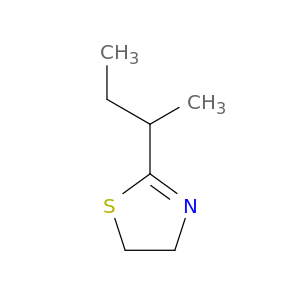
56367-27-2 | 2-(sec-Butyl)-4,5-dihydrothiazole
CAS No: 56367-27-2 Catalog No: AG0032VR MDL No:
Product Description
Catalog Number:
AG0032VR
Chemical Name:
2-(sec-Butyl)-4,5-dihydrothiazole
CAS Number:
56367-27-2
Molecular Formula:
C7H13NS
Molecular Weight:
143.2498
IUPAC Name:
2-butan-2-yl-4,5-dihydro-1,3-thiazole
InChI:
InChI=1S/C7H13NS/c1-3-6(2)7-8-4-5-9-7/h6H,3-5H2,1-2H3
InChI Key:
SAWWKXMIPYUIBW-UHFFFAOYSA-N
SMILES:
CCC(C1=NCCS1)C
Properties
Complexity:
120
Compound Is Canonicalized:
Yes
Covalently-Bonded Unit Count:
1
Defined Atom Stereocenter Count:
0
Defined Bond Stereocenter Count:
0
Exact Mass:
143.077g/mol
Formal Charge:
0
Heavy Atom Count:
9
Hydrogen Bond Acceptor Count:
2
Hydrogen Bond Donor Count:
0
Isotope Atom Count:
0
Molecular Weight:
143.248g/mol
Monoisotopic Mass:
143.077g/mol
Rotatable Bond Count:
2
Topological Polar Surface Area:
37.7A^2
Undefined Atom Stereocenter Count:
1
Undefined Bond Stereocenter Count:
0
XLogP3:
1.7
Literature
| Title | Journal |
|---|---|
| High resolution X-ray structures of mouse major urinary protein nasal isoform in complex with pheromones. | Protein science : a publication of the Protein Society 20100801 |
| The binding cavity of mouse major urinary protein is optimised for a variety of ligand binding modes. | Biochemical and biophysical research communications 20091225 |
| Comparison of urinary scents of two related mouse species, Mus spicilegus and Mus domesticus. | Journal of chemical ecology 20090501 |
| The identification of attractive volatiles in aged male mouse urine. | Chemical senses 20081101 |
| Mice recognize recent urine scent marks by the molecular composition. | Chemical senses 20080901 |
| Genetically-based olfactory signatures persist despite dietary variation. | PloS one 20080101 |
| Backbone motions of free and pheromone-bound major urinary protein I studied by molecular dynamics simulation. | The journal of physical chemistry. B 20070524 |
| Putative chemical signals about sex, individuality, and genetic background in the preputial gland and urine of the house mouse (Mus musculus). | Chemical senses 20070301 |
| Quantitative analysis of mouse urine volatiles: in search of MHC-dependent differences. | PloS one 20070101 |
| Molecular dynamics study of major urinary protein-pheromone interactions: a structural model for ligand-induced flexibility increase. | FEBS letters 20060123 |
| The scent of urine spots of male mice, Mus musculus: Changes in chemical composition over time. | Rapid communications in mass spectrometry : RCM 20060101 |
| Structural and functional differences in isoforms of mouse major urinary proteins: a male-specific protein that preferentially binds a male pheromone. | The Biochemical journal 20051015 |
| Thermodynamic consequences of disrupting a water-mediated hydrogen bond network in a protein:pheromone complex. | Protein science : a publication of the Protein Society 20050101 |
| Temperature-dependent spectral density analysis applied to monitoring backbone dynamics of major urinary protein-I complexed with the pheromone 2- sec-butyl-4,5-dihydrothiazole. | Journal of biomolecular NMR 20040401 |
| Absolute configuration of 2-sec-butyl-4,5-dihydrothiazole in male mouse urine. | Chemical senses 20031101 |
| Identification of pheromones in mouse urine by head-space solid phase microextraction followed by gas chromatography-mass spectrometry. | Journal of chromatography. B, Analytical technologies in the biomedical and life sciences 20031025 |
| Thermodynamic analysis of binding between mouse major urinary protein-I and the pheromone 2-sec-butyl-4,5-dihydrothiazole. | Biochemistry 20030527 |
| Pheromone binding by polymorphic mouse major urinary proteins. | Protein science : a publication of the Protein Society 20020901 |
| Structural basis of pheromone binding to mouse major urinary protein (MUP-I). | Protein science : a publication of the Protein Society 20010501 |
Related Products
Featured Products
© 2019 Angene International Limited. All rights Reserved.


